13 Tips for New Scuba Divers on Your First Boat Dive
Look like a pro on your first boat dive with these tips for new scuba divers! These are the 13 mistakes new divers tend to make on their first boat dive.

As a brand-new, freshly certified, open water diver it’s time to go into the underwater world and explore. However, that first dive-in on that first boat ride can be hella overwhelming and downright intimidating.
And believe me, not only was I in your position at one point, I also see it on a daily basis. I’m a Dive Boat Captain in the Caribbean – I’ve seen all the mistakes. These are the most common ones I see that I want YOU to avoid. Enjoy!
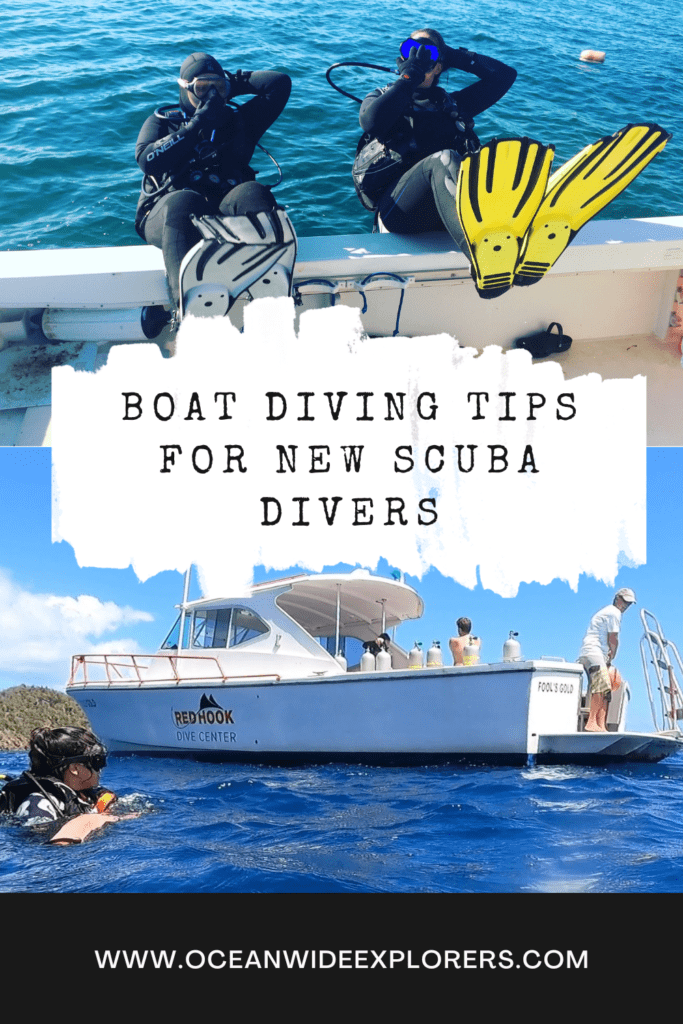
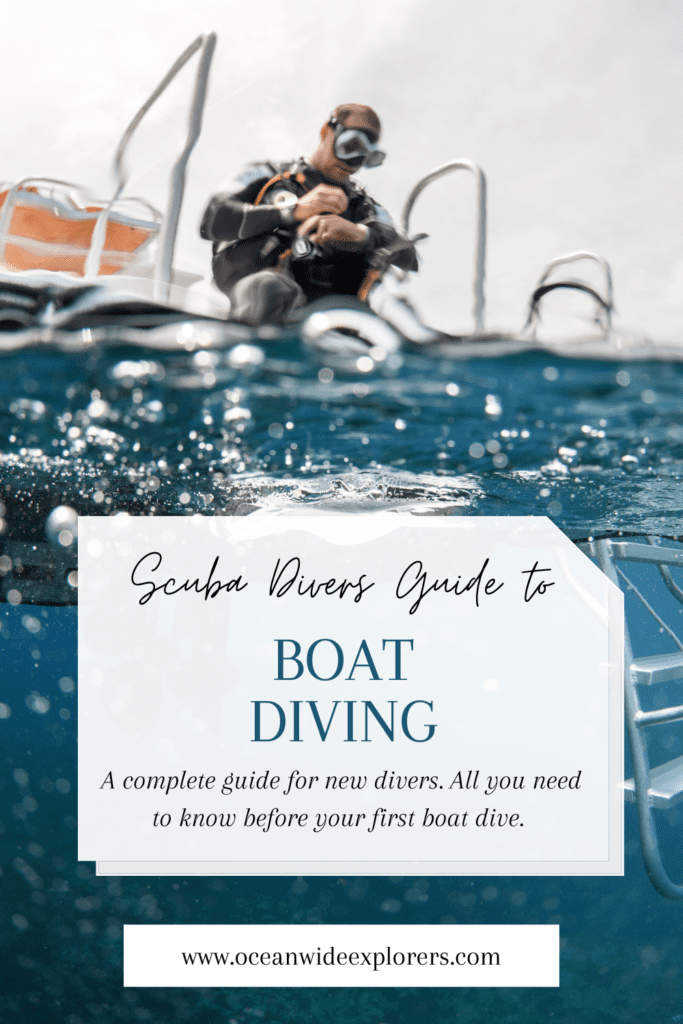
Tips for New Scuba Divers on Your First Boat Dive
1. Don’t put your wetsuit on too early
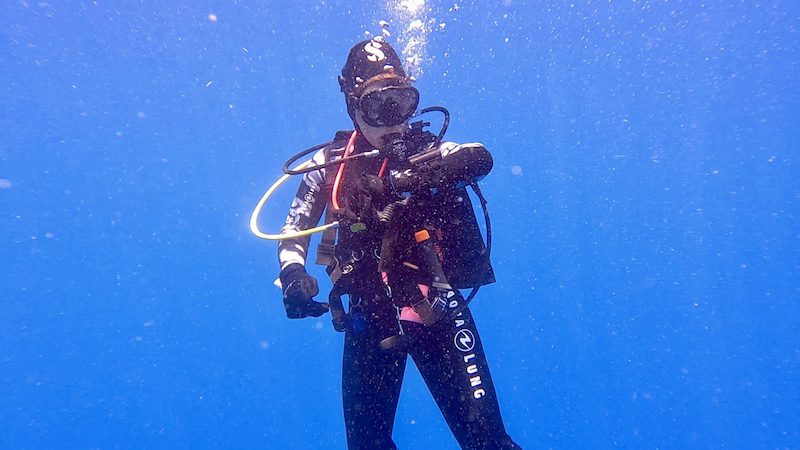
After fitting some divers in the dive shop with a wetsuit for our upcoming excursion, I can’t begin to tell you how many of them just leave the thing on – zipped up and all. Don’t do that!
Chances are you’re diving in a warmer climate. And chances are you WILL get extremely hot if you leave that thing on until you get to the dive site. Many dive sites take time to get to – not to mention the waiting it takes as you sit through a Captain briefing, dive briefing, and equipment check.
The best time to put your wetsuit on is just a few minutes before you jump in or when the Divemaster tells you!
2. Turn your air on
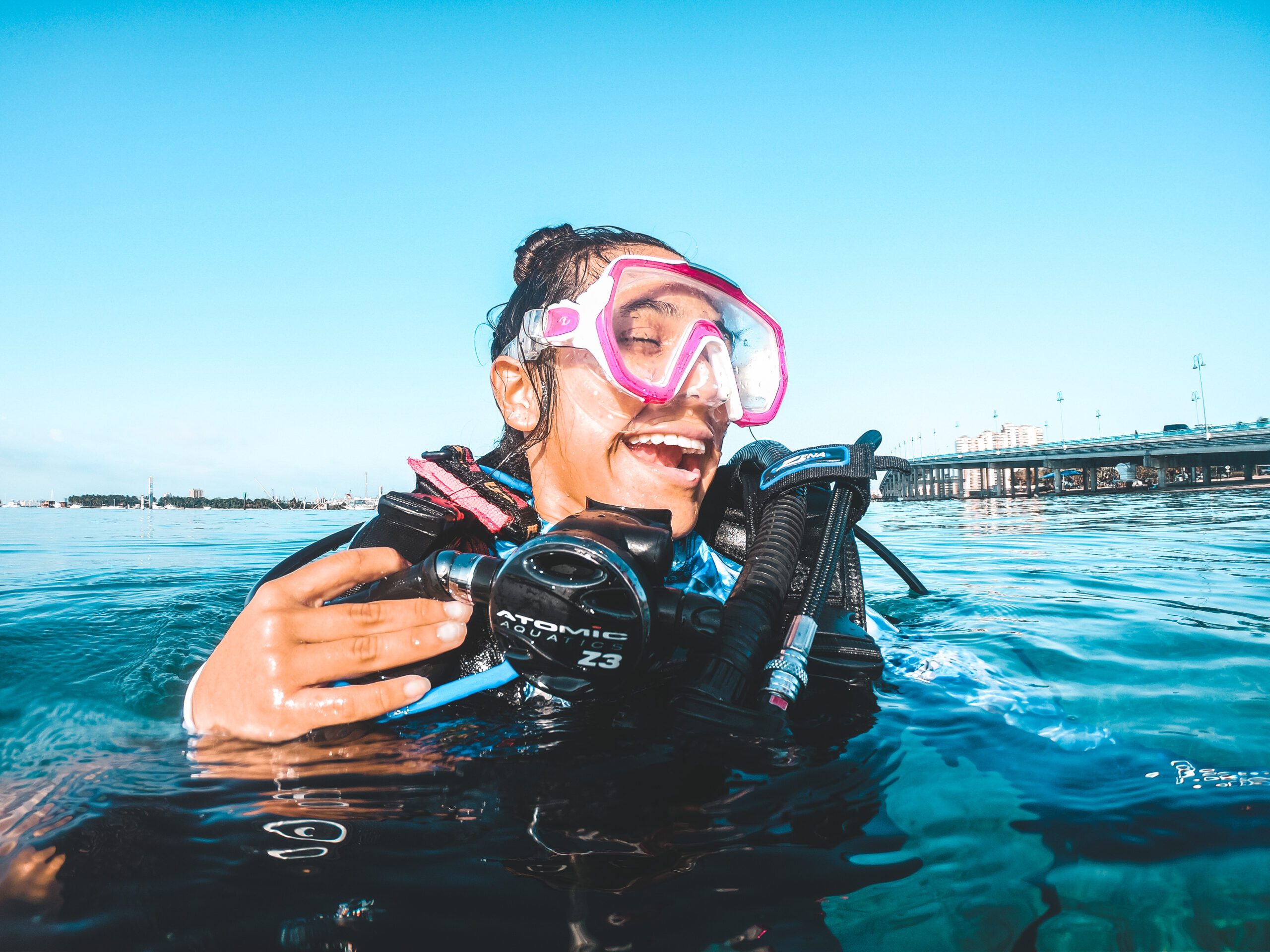
I get it. Some dive operators will turn the air on for you (not to mention, the Captain will check before you giant stride in, as well). But remember, ultimately, it is YOUR responsibility to ensure your air is on AND you have a FULL tank (3000 psi or 200 bar).
It’s bewildering how many times I have some comment, “uuum, I have an empty tank.” And it’s literally because they never turned it on.
3. You can wear a swimsuit under your wetsuit
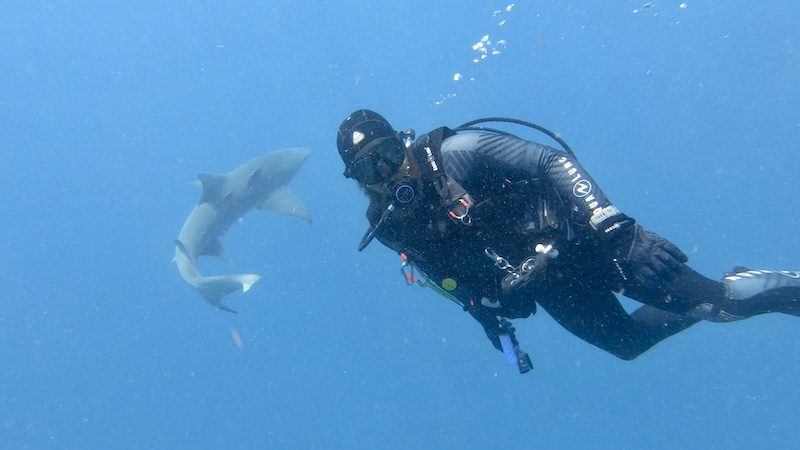
To refer back to our conversation on wetsuits – you CAN and should wear a swimsuit (and maybe a rashguard) underneath your wetsuit. I’ve seen too many new scuba divers thinking they need to skimp down to nothing to zip up their wetsuit – thus confining them into the hot neoprene for the entirety of the dive trip.
Trust me, you’ll be a lot more comfortable if you wear a swimsuit and rashguard underneath.
4. Don’t forget to tip your dive crew
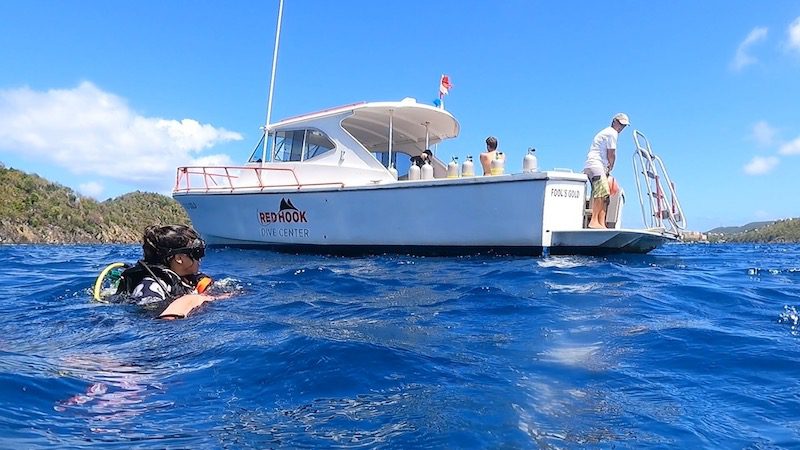
In the dive industry, it is strongly encouraged that you tip your dive crew. That means divemaster, instructor, and Captain. Basically, whoever helped you in and out of the water, drove you to the preferred destination, guided you down below, or taught the scuba class you participated in.
Obviously, tips are reserved for excellent service. So if your divemaster or Captain downright sucks, or they were dangerous, then don’t tip them! Just be sure to let them know how they can improve.
How much should I tip my dive crew?
I’ve heard two trains of thought on this topic:
- Tip based on the total cost of the trip: The standard expected rate is between 15 and 20% of the total trip cost per person.
- Tip on a per tank basis: I’ve had people tip me $10 per tank, $5 per tank, and even $20 per tank per person. In my professional opinion, at least $10 per tank is a formidable tip for excellent service. But I assure you, nobody will be complaining if you tip more.
5. Don’t forget about your fins
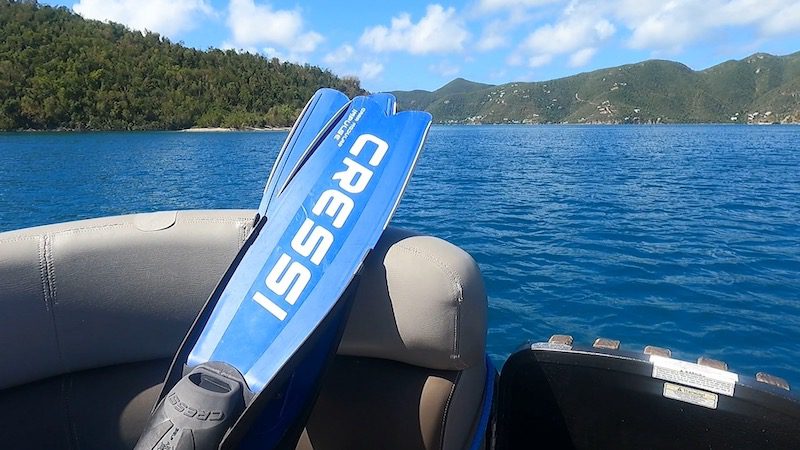
Many dive operators have you put your fins on at your seat (some wait until you get to the exit point of the boat). If it’s the former, be sure to put your fins on before you get buckled into your scuba BCD. If not, I like to play a game called “Fin-derella” where I (the Captain) have to put your fins on for you since you can’t bend over.
6. The opening of the tank valve faces forward
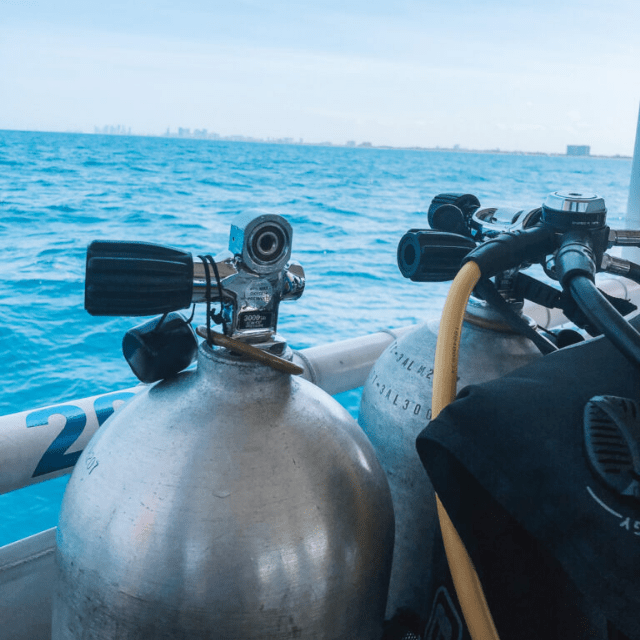
One of the most common mistakes I see new scuba divers make is turning the tank backward as they set their gear up. Keep in mind, that the opening of the tank faces forward or faces you. Meaning, that as you snap the BCD on the tank, the back of your head should be meeting the opening of the tank valve.
7. Your breathing stages go on the right
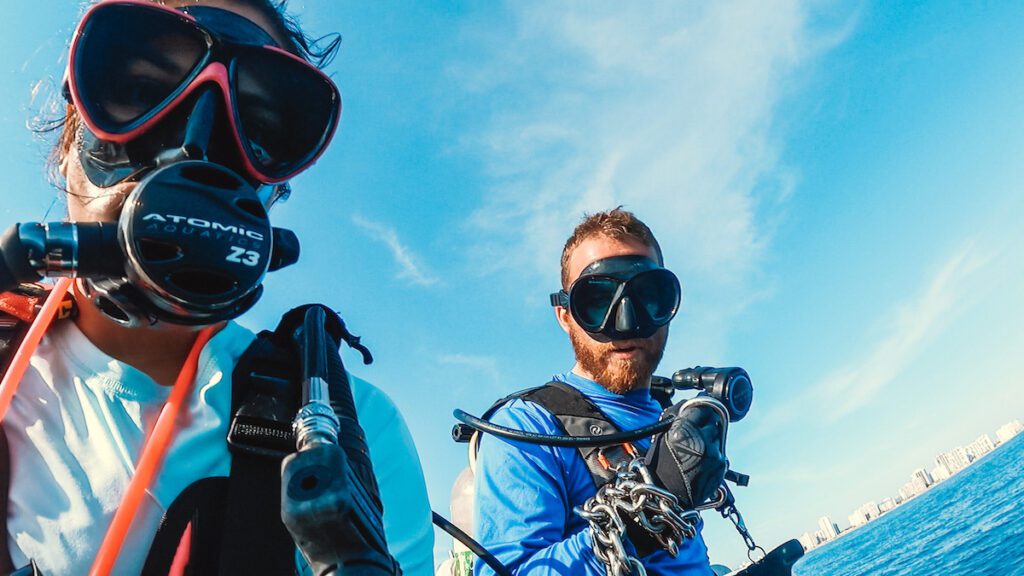
As you set up your regulator, the breathing stages (also known as the 2nd stages) go on the right. That’s the black hose you breathe from and the yellow hose (or octo) you use as a backup. It’s a common mistake for new divers to fasten the regulator on the tank flipped the other way.
8. Don’t be afraid to ask questions
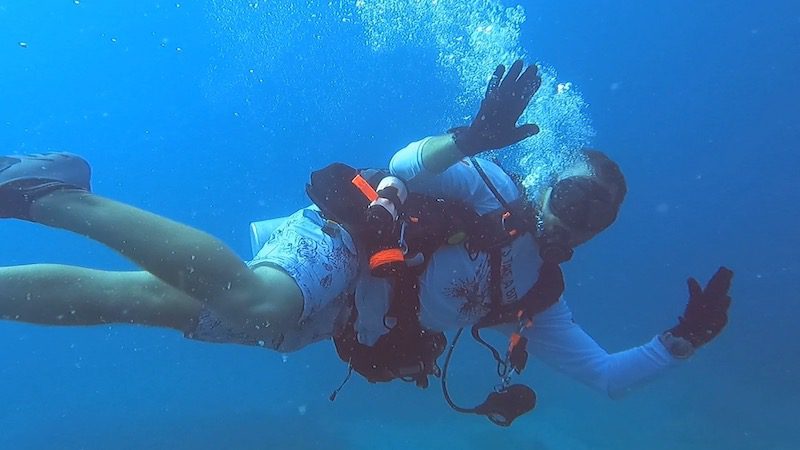
I feel as if this tip can go far beyond just scuba diving. If you’re unsure of anything, don’t be afraid to ask your crew – the Captain, divemaster, or the dive instructor. Whoever might be present to help.
And if you they make you feel stupid or intimidated for asking, well, don’t ever dive with them again. They should be there to help you with all your needs. You paid them good money, after all.
9. Get familiar with your equipment before you start scuba diving
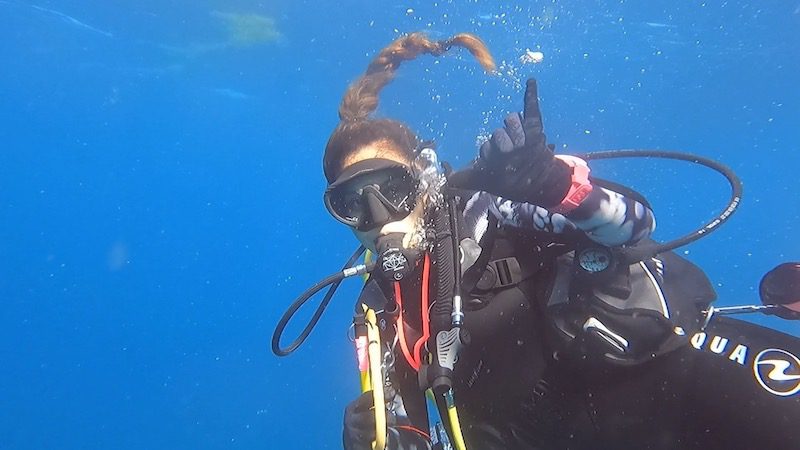
It’s important to get familiar with the equipment you’re using before you begin the dive. Seems obvious, but rarely do new divers ever look their gear over and get acquainted with the potentially life-saving equipment.
A few things to familiarize yourself with:
- Low-pressure inflator hose. Know which button inflates and which button deflates your BCD.
- Dump Valves. Most BCD models have multiple dump valves to quickly release air from your BCD. Knowing where they are located could be the difference between a dangerous ascent to the surface and a pleasant dive.
- Weights. Know where your weights are located and how to release them in the case of an emergency.
- Releases. Any clips and velcro straps that you used to properly secure yourself in the BCD. You need to know how to get out of the BCD.
🤿 BWRAF: If a few of those sound familiar, it’s because all of them are a part of the pre-dive safety check, or BWRAF (PADI’s trademark tool). Check out our review of what BWRAF means and how to use it before your next dive.
10. Use your low-pressure inflator hose properly
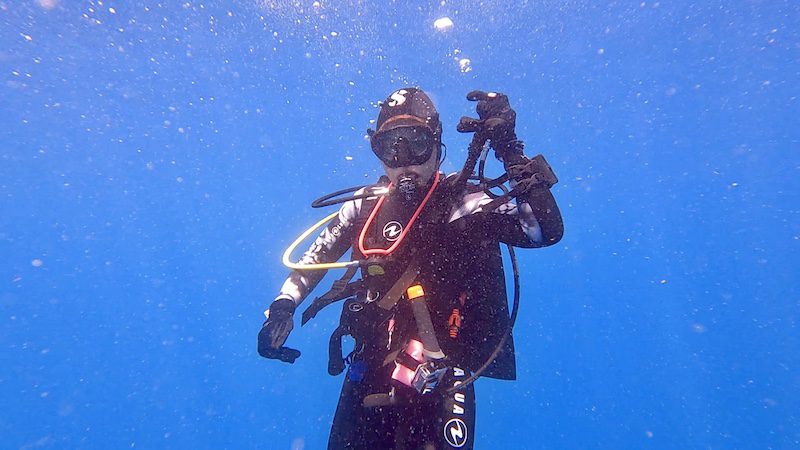
It took me dozens of dives to grasp this concept. But your low-pressure inflator hose (the hose and button that inflates your BCD) is NOT an elevator button. You should NEVER use your inflator hose to get TO the surface. Only to fully inflate your BCD AT the surface.
Another time to use it includes adding tiny bursts of air at depth to accommodate being overweight. But if you weigh yourself properly, you shouldn’t have to use it at all!
11. Log your dives
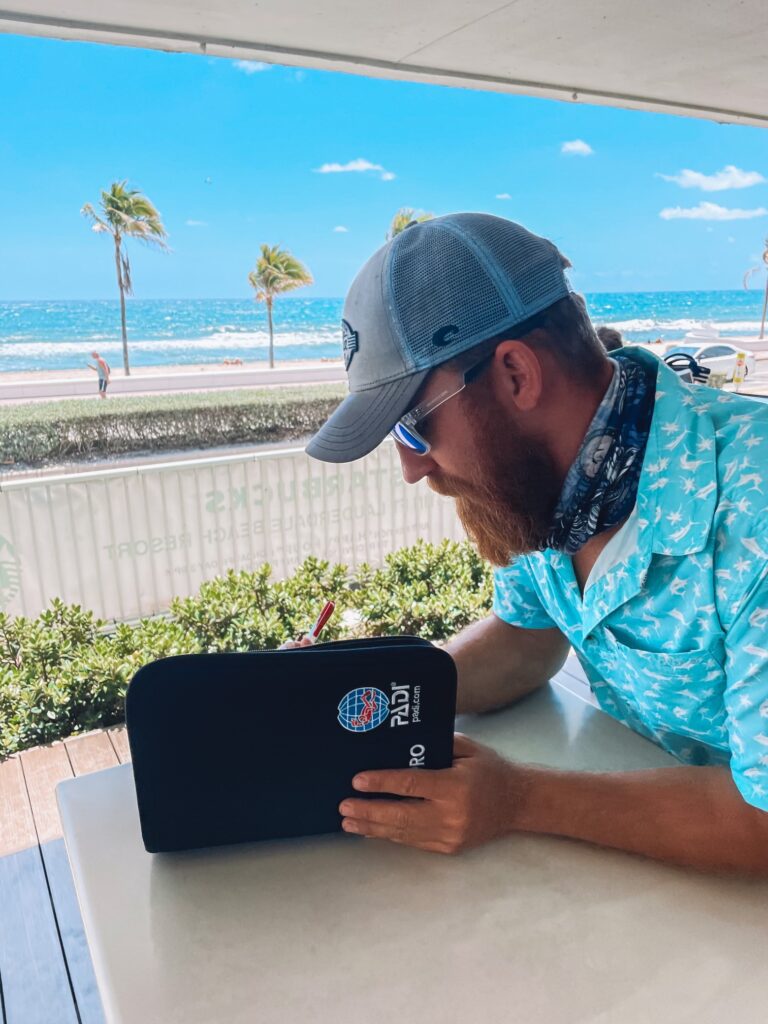
I always recommend to new divers that they log their dives at least until 100. The reason is, that if you ever want to move up in the ranks as a diver, some specialties, certifications, and courses require evidence of a specific number of dives (i.e to become an instructor you need at least 100 logged dives).
And if you’re willing and able, log your dives far beyond that. You never know what cool notes, memories, and information you might dig up years down the road if you continually log all your dives.
📚 Related Reading: Our list of the Best Scuba Diving Logbooks.
12. Book a private guide
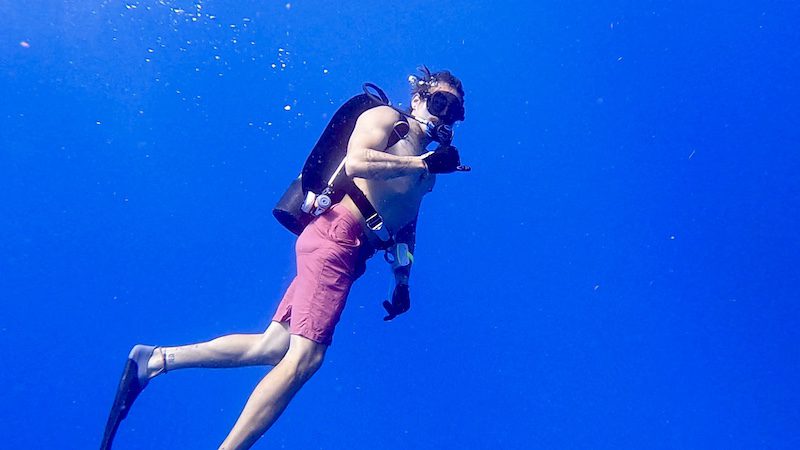
If you are nervous at all, don’t hesitate to book a private divemaster or instructor to accompany you on the dive. It’s usually a reasonable cost at most dive shops so it might be worth the peace of mind!
13. Freshen up before you go scuba diving
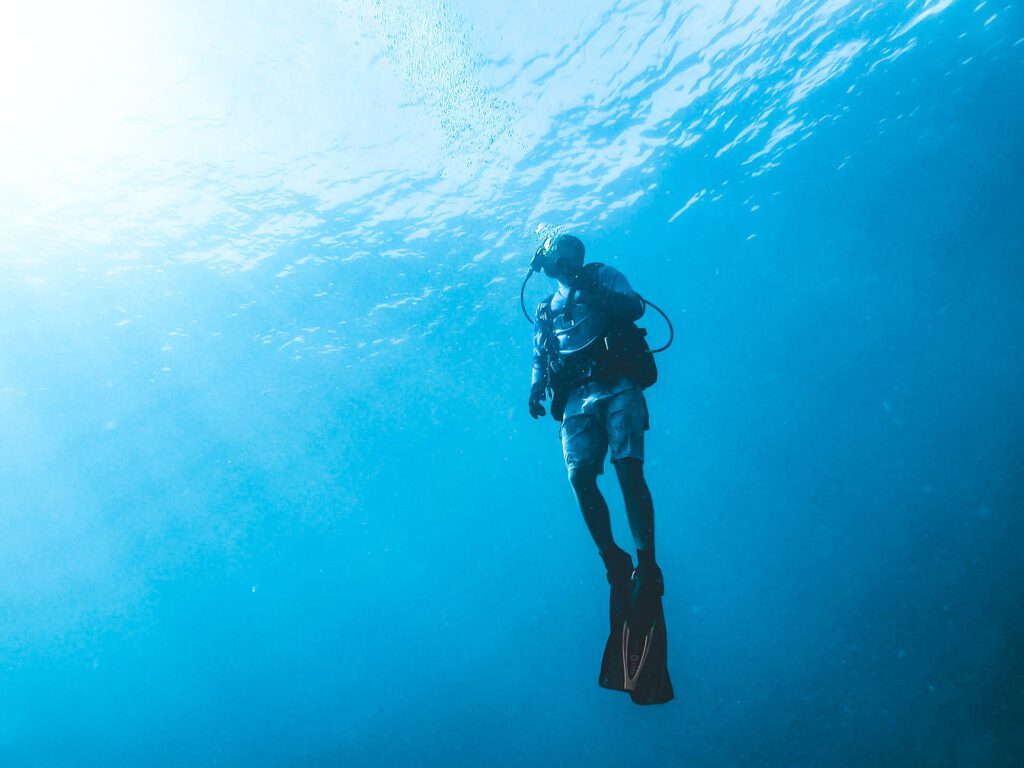
If you got open water certified and it’s been years since you’ve actually used your certification (or if you just haven’t been diving in a long while), consider taking a Refresher course.
As with private guides, a refresher course will take you one-on-one with an instructor or divemaster as they review relevant skills, gear concerns, and answer any lingering questions you might have.
In the meantime, check out our complete Scuba Diving Refresher which will prepare you for any upcoming dives you might have on the schedule.
Tips for New Scuba Divers on their First Boat Dive: Debrief
Well there you have it, those are my top 13 tips for new scuba divers looking to go on their first boat dive (or honestly, any sort of dive)! I hope you enjoyed reading the article, be sure to head below and interact with our social media links or leave a comment below! Happy diving!
Enjoy this Post? Pin it!


Check out our Scuba Diving Adventures on Youtube!

Read More About Scuba Diving!
We hope you enjoyed our post tips for new scuba divers on their first boat dive. Hopefully, you’ll find it useful on your next adventure! Here are a few more ocean-loving articles we think you should read next:
- 13 Unforgettable Adventures to Experience in Puerto Rico
- Exploring an Underwater Cliff: Scuba Diving the Wall in La Parguera, Puerto Rico
- Honeymoon Pt. 6 – Scuba Diving in La Parguera
- 7 Best Travel BCDs in 2023 (By a Dive Professional)
What tips do you have for new scuba divers on their first boat trip? Or what tips should I add? Be sure to leave us a comment and let us know how your first dive went!

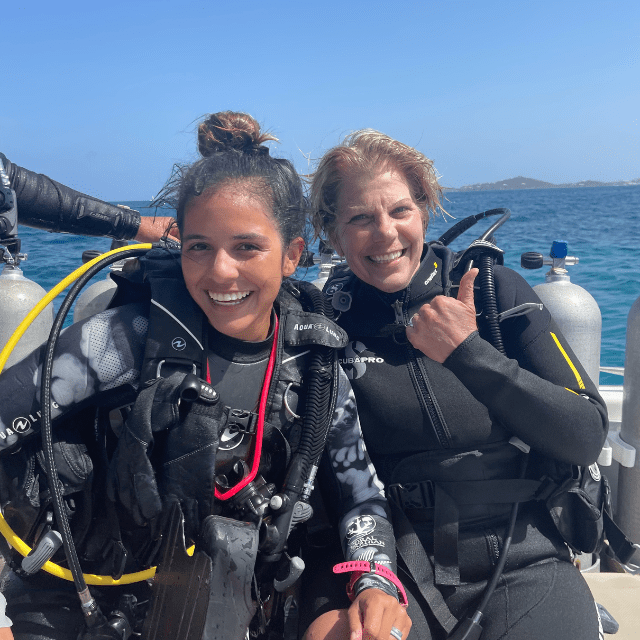
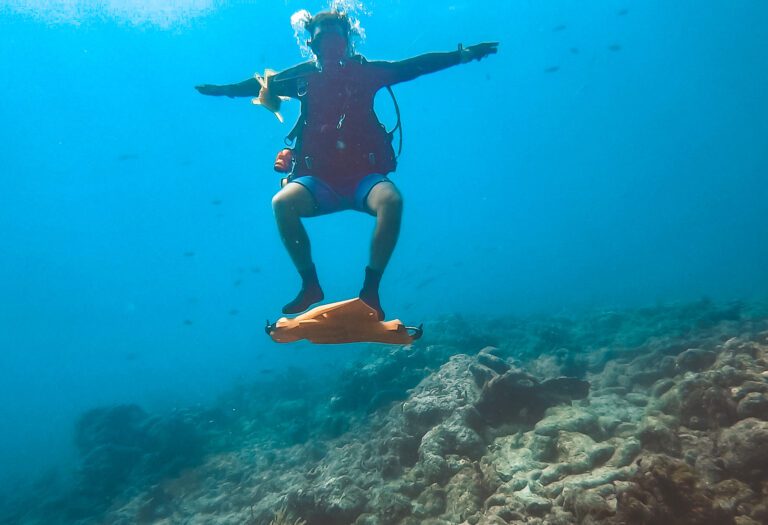
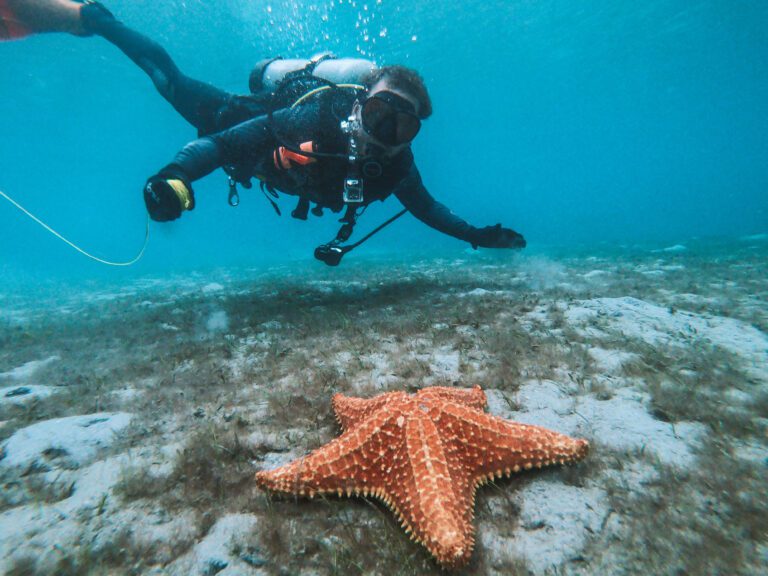
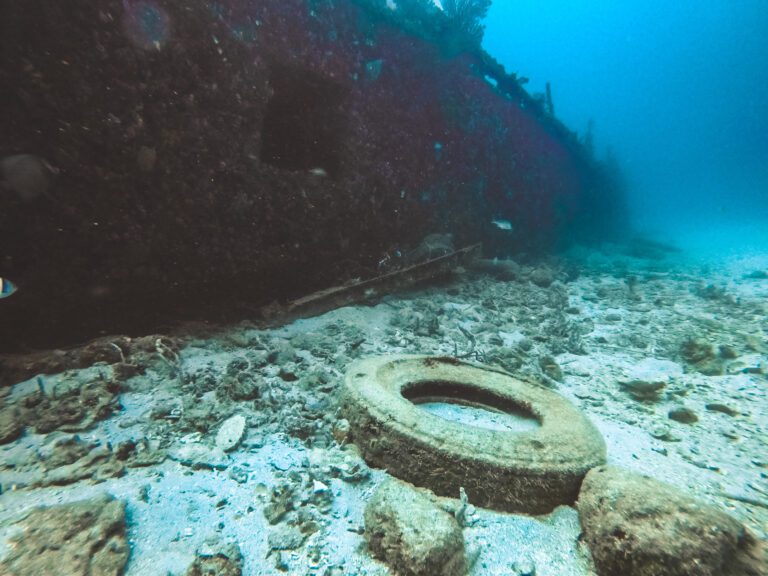
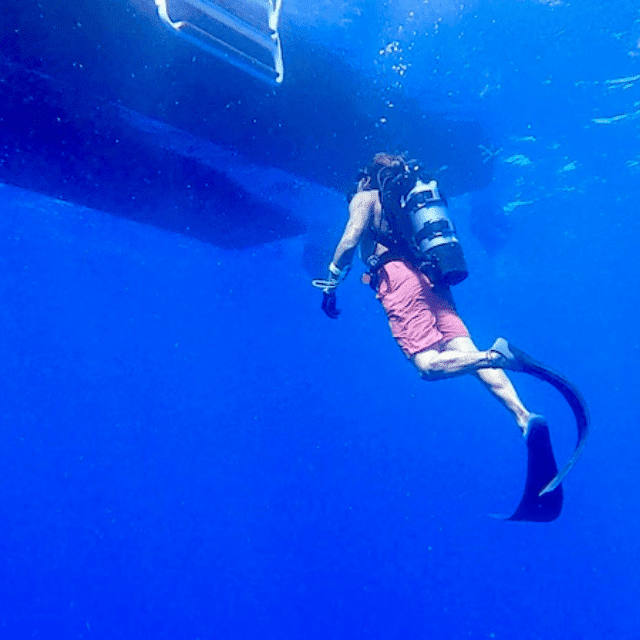
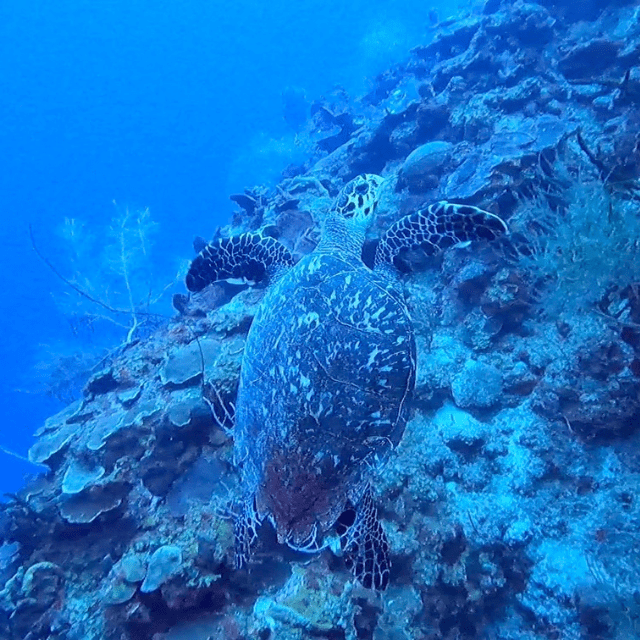
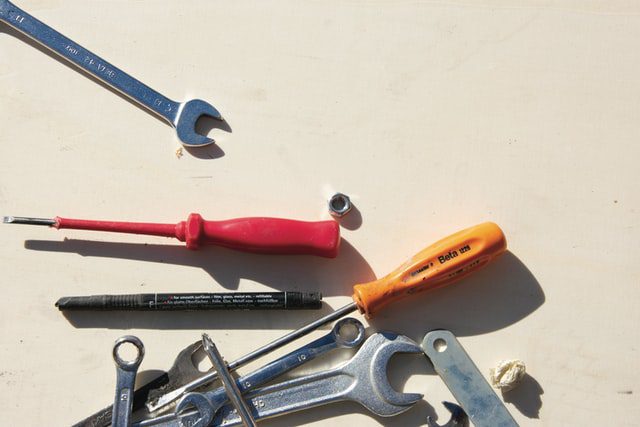
I found it helpful when you suggested booking a private divemaster or instructor if you feel nervous about your first diving trip. My husband and I will take note of this because we are interested in going for a snorkeling trip on our 2nd wedding anniversary celebration. We want to make sure that we will prioritize our safety while having fun, so we will follow all your tips.
That’s an excellent idea! A private guide or divemaster is a great way to help feel comfortable on your first ocean dive. Have fun!
Andrew
Get familiar with your gear. Take time to learn how each piece of equipment works. You may feel more at ease if you have a basic understanding of how your gear is supposed to work. This will also help you avoid any problems with your gear if something goes wrong underwater.
Hello,
That is an excellent bit of advice! It’s important to always look over your gear and familiarize yourself with it – whether it’s your gear or a rental. Thanks for the contribution!
Andrew